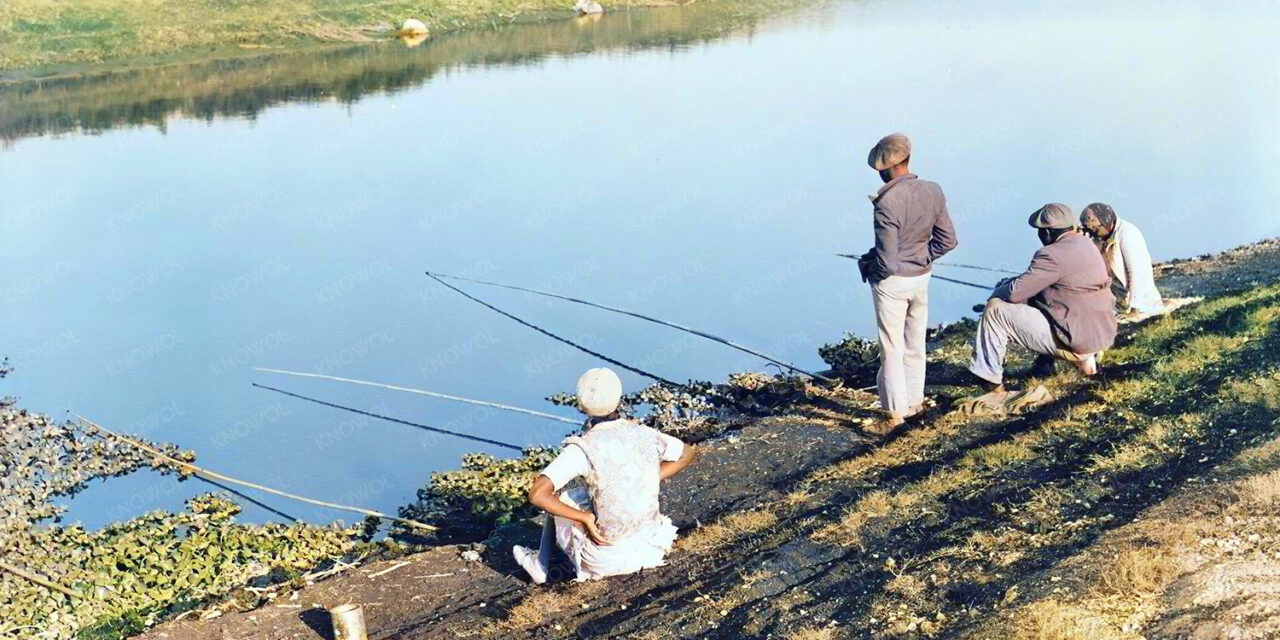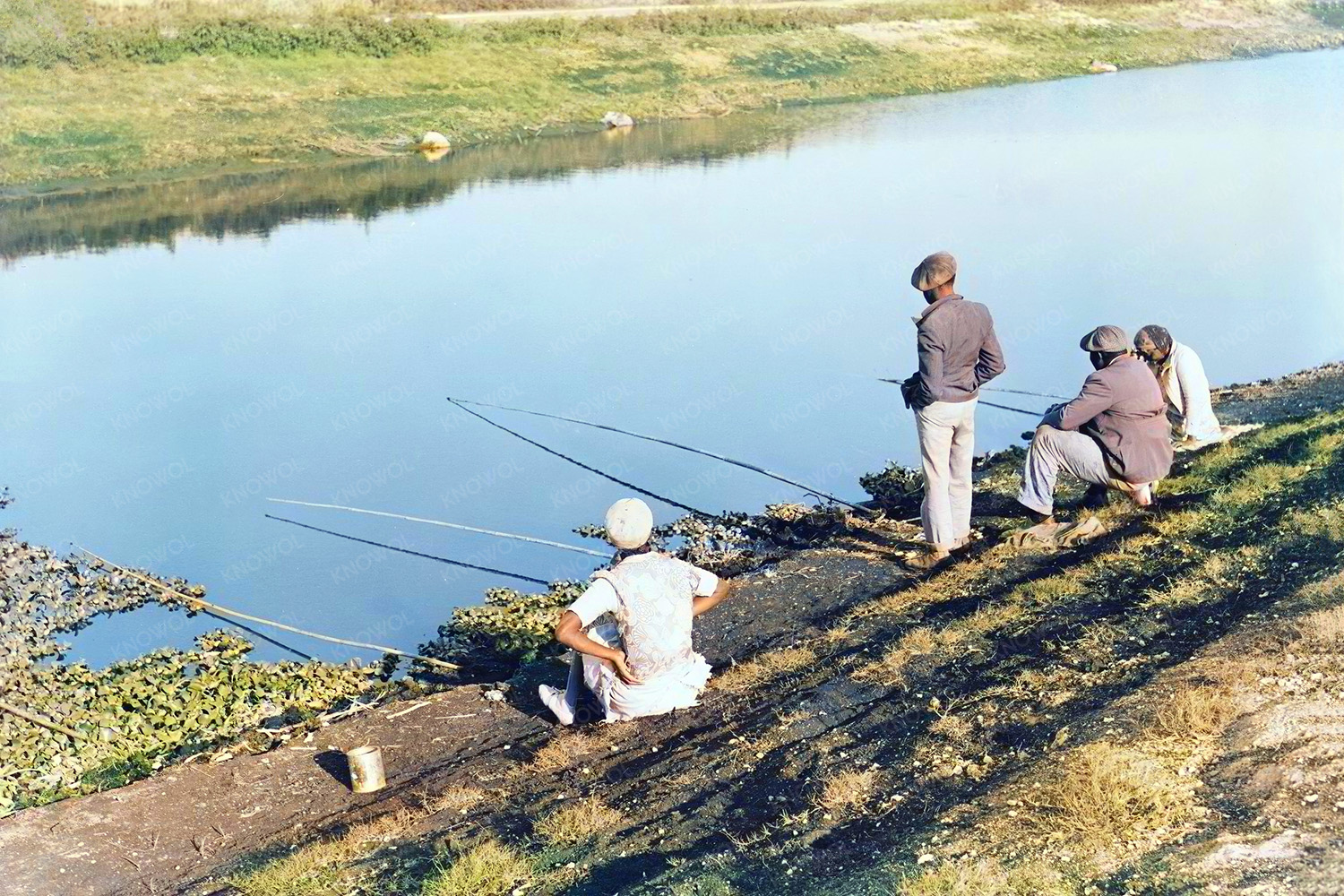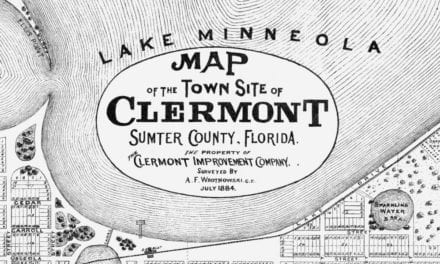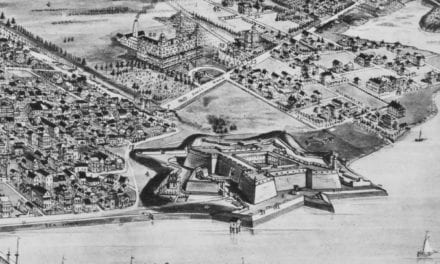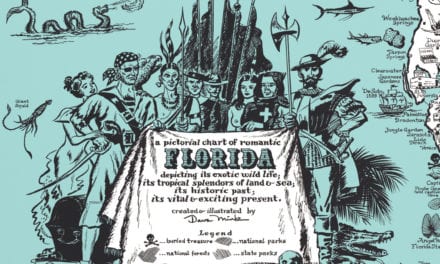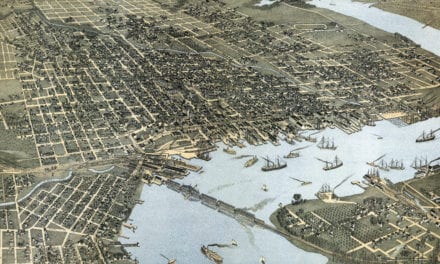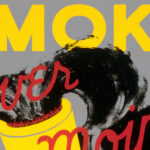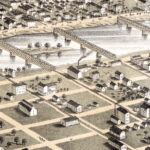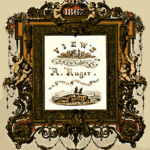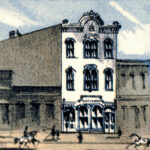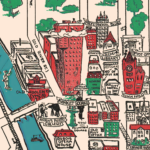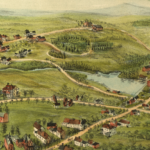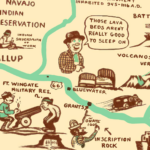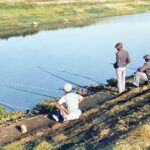This historic photograph from January 1939 shows four African American migrant workers fishing in Belle Glade, Florida. For many migrant laborers traversing the South to work in agriculture, fishing was more than a leisure activity; it was a vital supplement to their limited earnings.
Belle Glade is situated on the shores of Lake Okeechobee and has some of the most fertile soil in the country, often referred to as “black gold” because of its richness. It developed into a significant agricultural hub in the 20th century, a direct result of the drainage and management of the Everglades, which transformed the area into arable farmland. Yet the restrictive Jim Crow laws in place at the time of this photo meant these workers were subjected to harsh, discriminatory conditions, and fishing became a necessary means of survival to compensate for their low wages.
This image is a poignant reminder of the contrast between the peaceful act of fishing and the workers’ challenging lives. It was a skilled balance of work and survival, using the natural resources at their disposal to feed themselves and their families. Belle Glade today is still primarily known for its agricultural industry and the legacy of its workforce, including those in this photograph that relied on the land and water for their very survival.
Additionally, Belle Glade is now known for its contributions to American football, with a reputation for producing a high number of college and professional football players relative to its population size. This has earned it the nickname “The Muck City” due to the mucky soil of the surrounding farmlands where many of its athletes first played.
Photograph by Marion Post Wolcott. Restored and colorized by KNOWOL.

